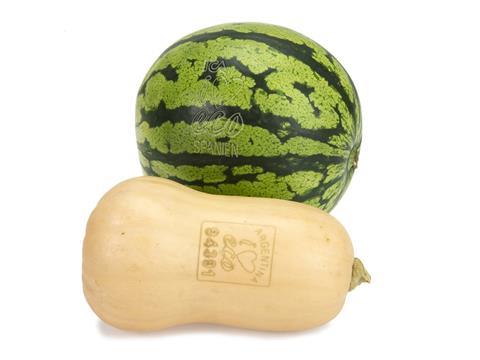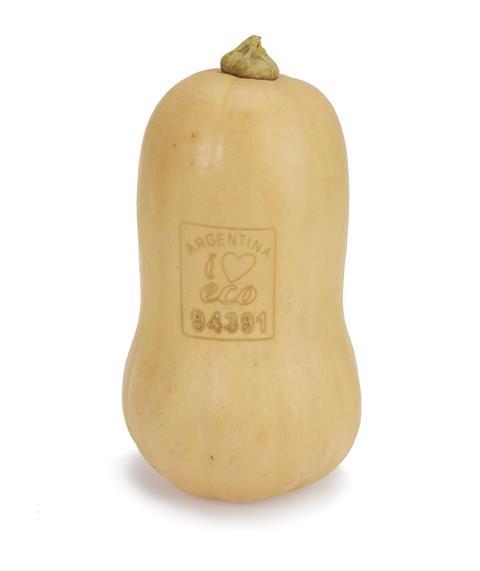Sustainability Awards 2017 winner: Best Practice
ICA, Laser Marking Fresh Produce
In late 2016 Swedish grocery chain ICA tried out a new method for marking fruits and vegetables. Instead of using stickers or packaging products in trays and cellophane wrap, the products are marked directly on their skin using a laser. Having successfully pioneered this new method, ICA has set a precedent which looks set to spread laser marking internationally. In June 2017 the UK retailer Marks & Spencer (known for its own innovative approach to sustainability) reported that it is trialling the process on its avocados, and expects to extend the laser labelling to more of its fruits and vegetables.

According to the business, the method is more sustainable and results in better traceability.
"We decided to look for alternatives to conventional methods because we realised that a high percentage of consumers base their buying choices on how a product is packaged. Buying products with the least amount of packaging possible was important to them. French retailer Carrefour previously used laser marking technology as a gimmick to attract the eye, and we decided to test it for the purpose of saving on packaging materials," Peter Hägg, head of Fruits and Vegetables at ICA Sweden, told Packaging Europe’s Elisabeth Skoda.
ICA first started testing the new marking method on organic avocados and sweet potatoes. The fruit’s skin is marked directly using a laser that changes the pigment on the skin, so that the product’s name, country of origin and PLU code are seen clearly. The laser only alters the pigment in the outer skin of the fruit or vegetable. The method has no effect on the product itself. Thanks to this process, the marking follows the fruit or vegetable through the entire supply chain in a secure manner.
“It’s great that we can now use new technology to get better marking from an environmental perspective,” said Mr Hägg. “This way, organic products do not need to be kept separate from others. Since the marking is on each item, there is no need for stickers, trays or cellophane wrap around the product. We estimate that we will save more than 200 kilometres of cellophane wrap per year just by marking our avocados in this way. The energy consumption of the machines used is similar to the one of conventional packaging/labelling methods, but of course there is an energy saving due to not having to use additional materials.”

ICA’s laser marking pilot project has since been adopted as permanent practice and is being expanded to more organic fruit and vegetable products, including organic melons and butternut squash.
“Customers have shown keen interest, and the new marking method has also gained international attention as a noteworthy sustainability project,” Mr Hägg revealed. “We believe that in a couple of years the marking method will be commonplace in Europe, since interest in more environment-friendly packaging has only intensified during our trial period. We are also looking into methods to expand this technology to fruits which aren't suitable for laser marking as their skin repairs itself, such as citrus fruits, using edible ink."
















